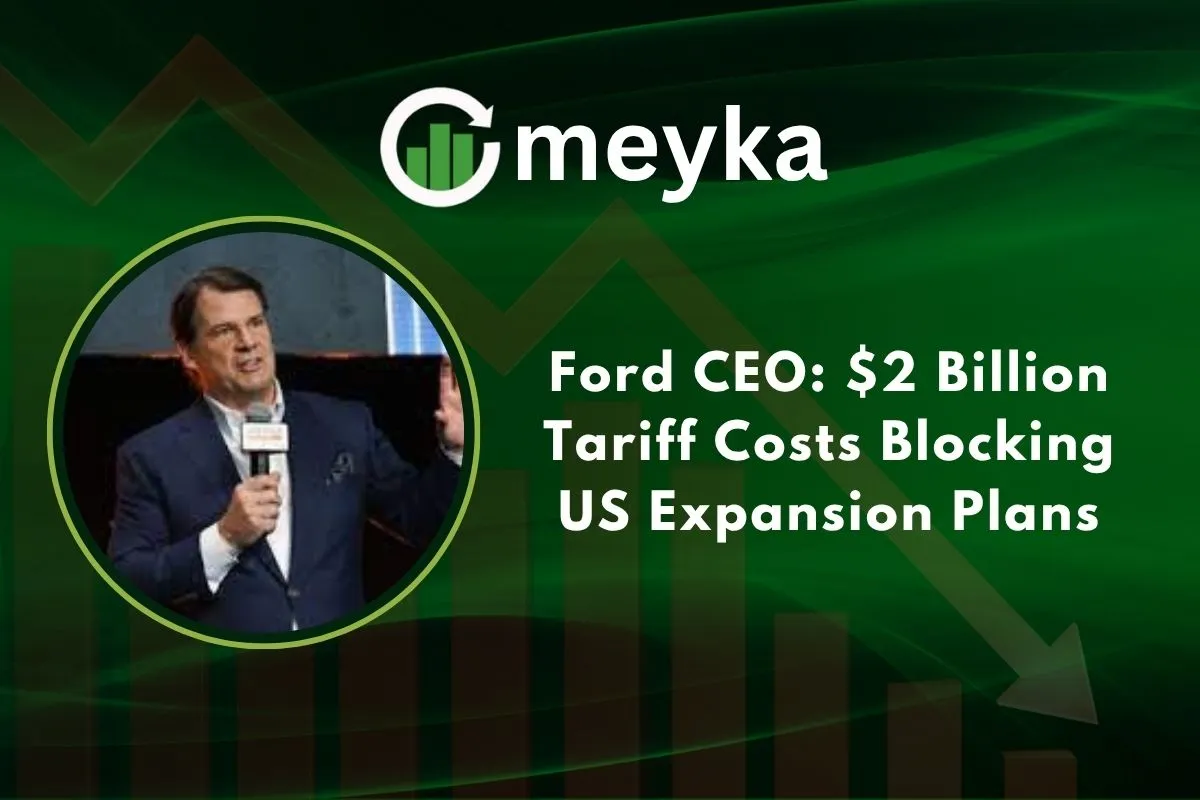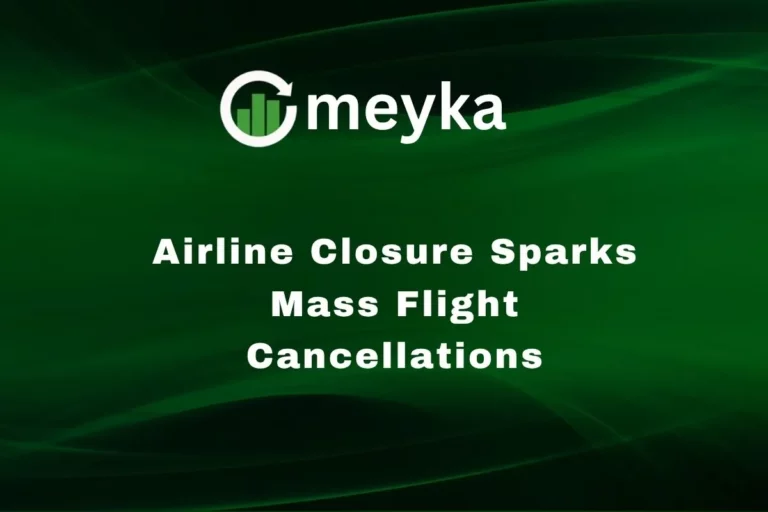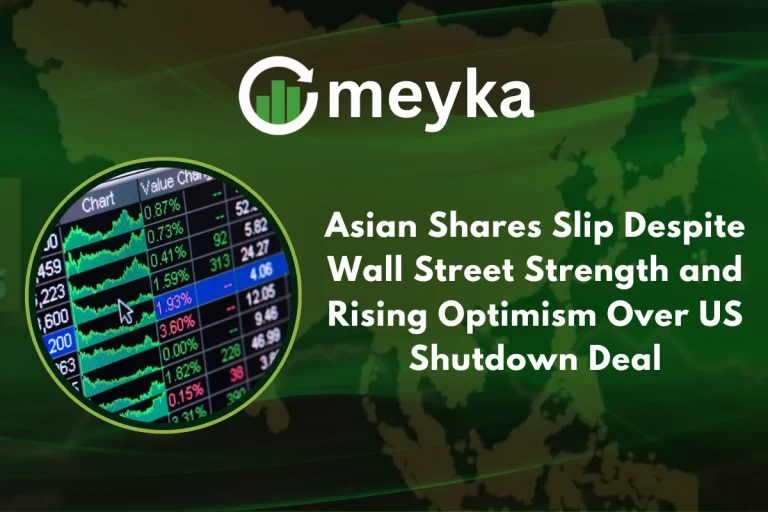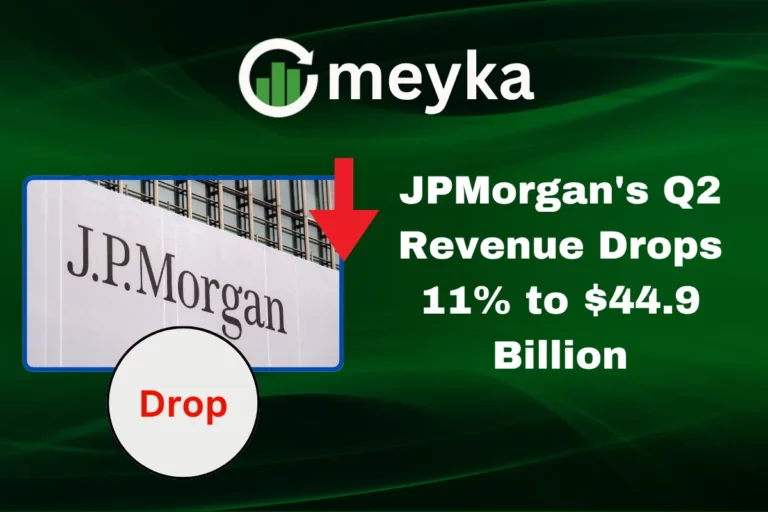Ford CEO: $2 Billion Tariff Costs Blocking US Expansion Plans
Tariffs have started to bite businesses hard. Ford’s CEO, Jim Farley, says that $2 billion in additional tariff costs is holding back Ford’s expansion in the U.S. Ford had big plans to invest, build new factories, and expand electric vehicle lines. Now, those plans are under a serious threat. We will explore how this issue is playing out.
Overview of Ford’s Expansion Plans in the U.S.
Ford has been pushing hard to modernize and expand its U.S. operations. It plans to invest billions to convert existing plants to build electric vehicles. For example, Ford is retooling its Louisville plant in Kentucky to produce affordable EVs. This is part of a $5 billion investment plan to transform its EV business.
Another big project is Blue Oval City in Tennessee. This will be a massive EV assembly and battery facility. It could employ about 5,800 people when complete. Ford’s goal is to stay competitive in the EV race and keep a strong U.S. presence.
Breakdown of the $2 Billion Tariff Costs
Where does the $2 billion figure come from? The tariffs apply not only to finished vehicles but also to parts that Ford must import. Farley says many parts are made overseas and now face levies of 25% to 70%. Because of this, the extra cost accumulates fast across thousands of parts.
In its earnings reports, Ford shows a “net tariff impact” of $2 billion, which is about $500 million more than it had expected earlier. In response, the company has had to change guidance and reassess future investments.
Impact on Manufacturing, Jobs, and Supply Chain
These tariffs do not affect only Ford’s bottom line. They affect how and where things are made, and who gets hired.
- Manufacturing costs go up. Ford and its suppliers must pay more for raw materials and imported components.
- Expansion delays. With higher costs, Ford may slow or scale back new factory builds.
- Supply chain shifts. Ford might source more parts locally or from countries not hit by tariffs.
- Job uncertainty. Some jobs that were supposed to be created may now be postponed or canceled.
Suppliers, especially smaller ones, feel the pressure. If Ford cuts back its orders, many of them may suffer or close.
Comparison with Competitors (GM, Stellantis, Tesla, etc.)
Ford is not alone in facing tariff pain. Other automakers also import parts. But how they respond differs.
- GM and Stellantis: Likely facing similar cost pressures.
- Tesla: It has a different supply and manufacturing model, which may give it more flexibility.
- Foreign automakers: Some already build more locally in the U.S. or in tariff-friendly zones, which gives them an advantage.
Ford argues that competitors who rely less on imported parts may suffer less under new tariff regimes.
Policy and Political Context
These tariffs come from sweeping trade policies under the current U.S. administration. Steel, aluminum, auto parts, and finished vehicles are taxed heavily.
In March 2025, the U.S. imposed 25% tariffs on many imports from Canada and Mexico, which threatened the integrated auto supply chains under USMCA. Some tariffs were delayed for auto parts that comply with USMCA rules.
Ford has engaged with the government about relief and exemptions. Farley says the administration has been open to solutioning around parts tariffs. Still, uncertainty remains.
Ford’s Response and Mitigation Strategies
Ford is not just sitting idle. It is taking steps to fight back.
- Local sourcing and production. It may build or upgrade U.S. parts capacity to reduce reliance on imports.
- Cost efficiency & restructuring. Ford aims to streamline operations and cut waste.
- Negotiation with the government. The company is pushing for tariff relief or exemptions. Farley says they are optimistic that a solution will come.
- Flexible supply chains. Rerouting parts via tariff-friendly countries or shifting suppliers.
- Delayed or selective investment. Ford may slow some expansions until the tariff landscape becomes clearer.
These moves can help, but they also take time and capital.
Conclusion
Tariffs costing Ford $2 billion are more than just numbers; they are roadblocks to growth. Ford’s plans for new plants, job creation, and expansion hinge on cost stability. With high import taxes on parts, the company must rethink many plans.
The outcome depends not only on Ford’s agility but also on trade policy decisions. If the government offers relief or adjusts trade rules, Ford might resume its full expansion path. Otherwise, Ford’s U.S. ambitions may be scaled down. Either way, this is a real test of how global firms and government policy collide in today’s trade climate.
FAQS:
Tariffs make Ford pay more for imported parts. This can slow new factory plans, raise car prices, and reduce jobs or investments if costs keep rising.
The biggest disadvantage is higher costs. Companies and buyers pay more for goods. This can cause price increases, slower growth, and fewer jobs in some industries.
Ford Q1 certification is a quality award for suppliers. It shows they meet Ford’s standards for production, delivery, and performance. It helps build trust and long-term partnerships.
Disclaimer:
This content is for informational purposes only and is not financial advice. Always conduct your research.






